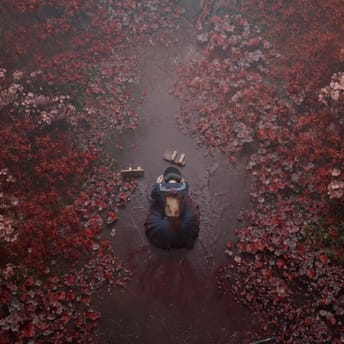
The Bazaar: Complete Beginner’s Guide to Heroes, Economy & Combat
|
|
The Bazaar is a Web3 online collectible card game from Tempo Storm, combining elements of an auto battler and a deck-building title. The player takes on the role of a hero in a fantasy bazaar and collects a set of items and skills, aiming to score 10 PvP victories in a single run. In this guide, we will look at the basic mechanics of the game, the interface, the types of heroes, the item system, the economy, and the combat system—everything beginners need to get off to a confident start.
The Bazaar: Game Overview and Objectives
In The Bazaar, your run consists of battles and events where you gradually strengthen your hero. The main goal is to win 10 PvP battles before the end of the run. Battles occur asynchronously: you fight with ghosts of other players (put simply, copies of their builds), so the outcome depends only on your strategy and build. The hero has a Prestige score of 20 (or simply, HP), which decreases when defeated in PvP. When the Prestige fully runs out, the run ends. Thus, even after suffering 1 or 2 defeats, you can continue playing, but 3 or more defeats in the later stages usually mean the end of the race (you can draw an analogy with the arena in Hearthstone, but this is closer to the system in the Super Auto Pets auto battler).
There are two modes available in the game: Normal and Ranked. Ranked mode requires a ticket or 100 gems to enter. Each successful run is rewarded: for 4 wins, a bronze result is given (no rating change); for 7, a silver one (a slight rating increase); for 10 wins, gold; a perfect 10 wins (without a single defeat in PvP) brings a diamond victory. In Ranked mode, for a series of wins, you get chests with cosmetic rewards (various skins) and in-game currency, which you can spend on new heroes or additional vanity items. It is better to start with the Normal mode in order to get comfortable with the game without the risk of losing gems or tickets.
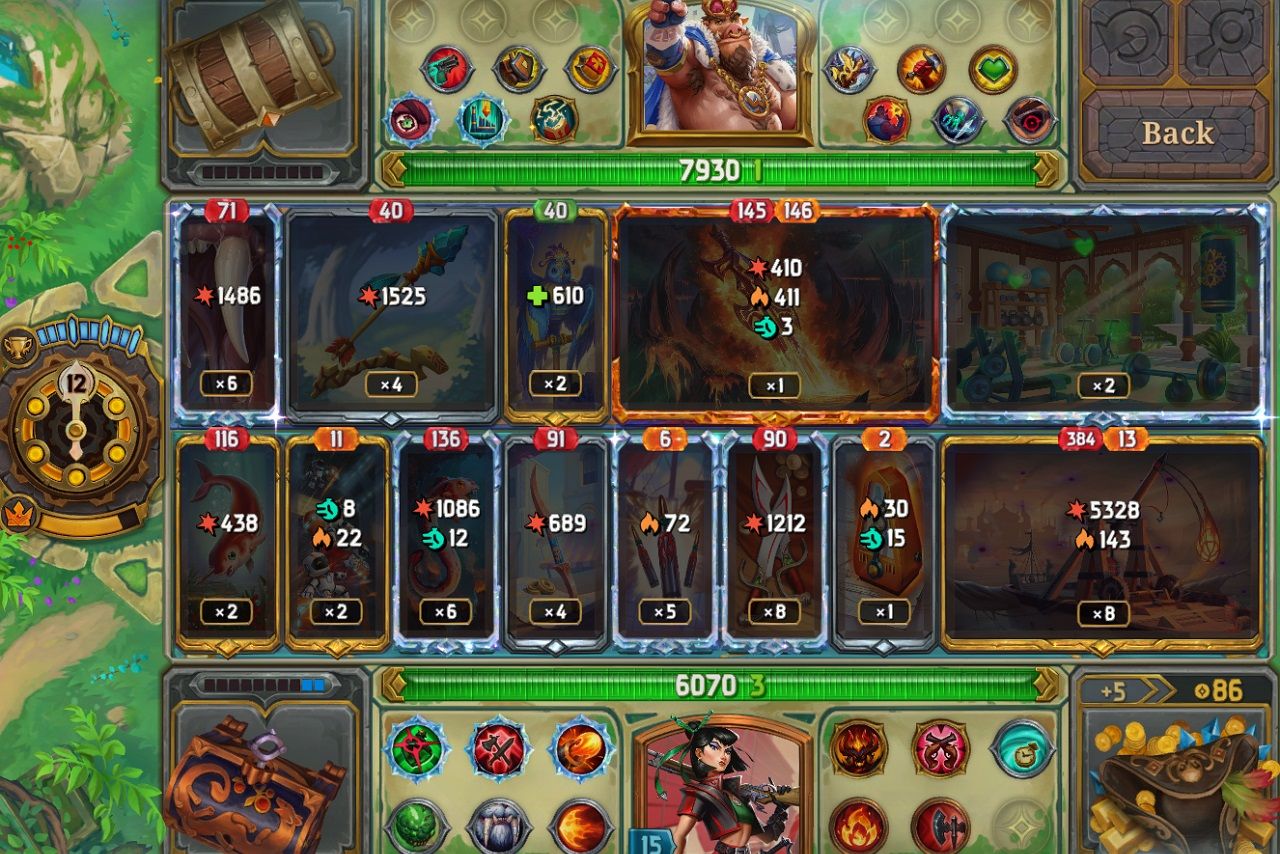
Interface and Gameplay of the Bazaar
The gameplay is organized by days and hours, which is reflected in the interface. At the left edge of the screen, you will see a clock. Each day is divided into 6 hours (stages): 0, 1, 3, and 4 are reserved for various merchants and events, and hour 2 features a PvE monster fight, while hour 5 is a PvP battle against another player. When the next day comes, this structure repeats.
Start of the game
After choosing a hero, the game immediately offers you an event, a window with three starting options to choose from. These options determine your initial resource or bonus.
- 12 gold and 2 income. Increases your gold supply by 12 and increases your basic income by 2 (we will dive into the economics of the game later). This option is considered the most versatile and safest: additional income every day gives flexibility, which is useful for all heroes, and in particular, for economic-focused heroes like Pygmalien or Mak.
- Random small enchanted bronze item and 6 gold. You will be able to choose one item from the three offered. An enchanted item has a special property (enchantment), which can give an early advantage. This is the most random and risky option for beginners.
- A golden skill. Similarly, pick one from the three options. Skills give passive bonuses to your hero. This risky start can pay off for heroes who depend on early skills, for example, a good golden skill for damage (left- or right-handed) can allow Vanessa or Mak to win the first battles and snowball later.
Gameplay
After selecting the starting bonus, the main gameplay loop will begin. The interface during these hours offers 3 options to choose from: a store (a merchant of a certain type), an event (a random encounter), and a free small bonus (for example, a little gold, HP, or regeneration bonus). By choosing an option, you spend an hour and proceed to the next stage. The 2nd hour of each day is a battle with a monster (PvE). In the interface, you will see a choice of three opponents: usually an easy, medium, and difficult (on the right) fight. The rarity of the event and the difficulty of the battle are also indicated by the frame around the option (from bronze to diamond or legendary).
A difficult battle gives you more rewards (gold, experience, better items), but it’s obviously riskier. If you lose to a monster, you won’t lose Prestige, but you’ll lose the gold/experience you could have gained. For a confident start, it is very important to win all PvE battles, because they bring the lion’s share of XP at the beginning of the run. Do not choose a fight in which you are not sure, it’s better to defeat an easier monster and get a reward than to lose a PvE encounter, which is considered one of the worst outcomes (losing your tempo). Study the abilities of monsters (you can see their descriptions in the game) and look for the ones that can improve your current build or add synergies.
This is followed by the 3rd and 4th hours of the day: two more stages of shops and events. By the end of the 4th hour, try to make the most of your resources: fill your field with items (even if they are not perfect); it is better to go into battle with every slot occupied than to keep items idle.
PvP
The last, 5th hour is the PvP battle of the day. Your hero will engage in an automatic battle with another player (more precisely, with his ghost build). The outcome of the battle is decided by your build: skills, items and their location (because some items and skills can affect specific positions). After the fight, the next day will begin (unless, of course, you’re out of Prestige).
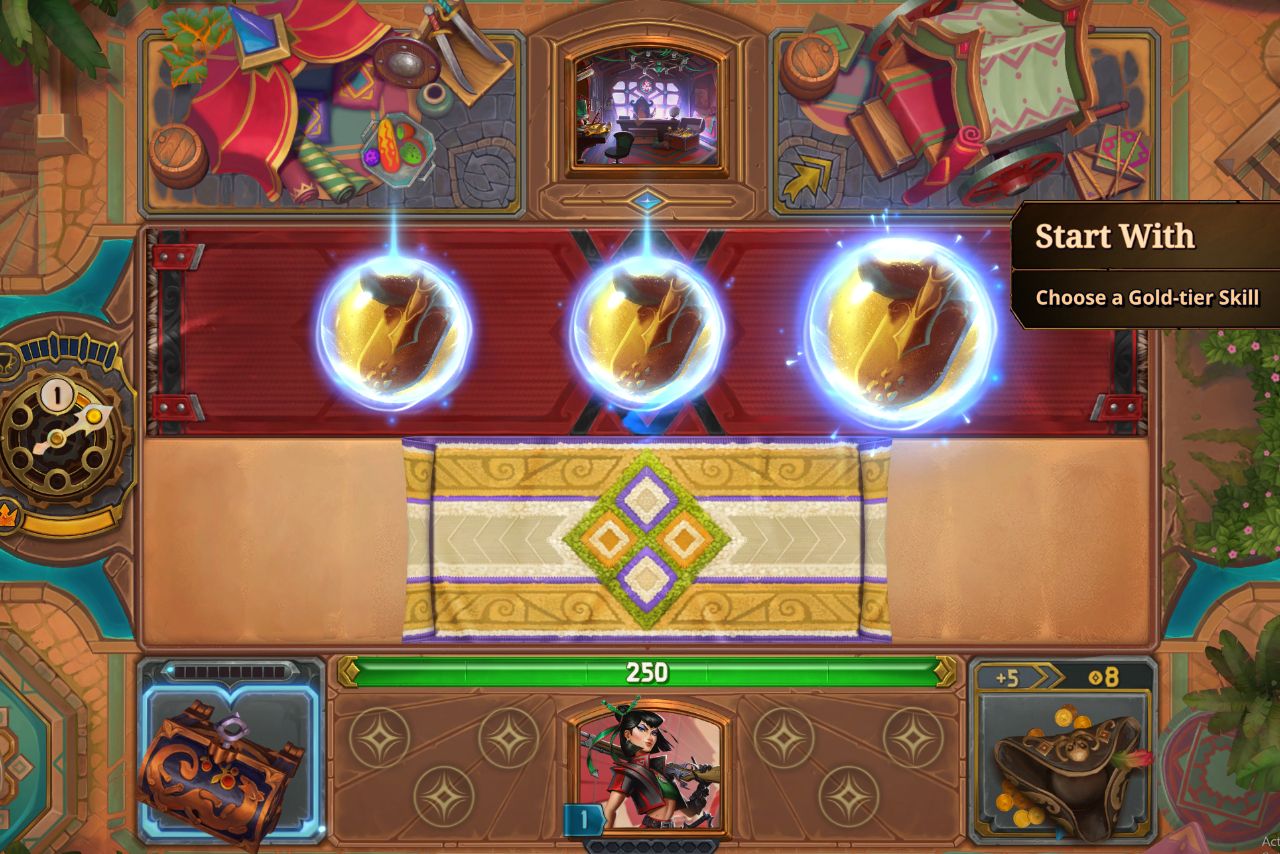
The Bazaar Heroes
Vanessa
An aggressive pirate focused on direct damage. Can play with lots of small or one big weapon, or control the board through poison and slows with aquatic items. Flexible, beginner-friendly, available from the start.
Dooley
Small but deadly robot with an arsenal of high-tech gadgets. Built around a unique Core item that gives various bonuses to items around it (cooldown reduction, damage, shields, crits, etc.). Offers the highest build variety, covering all possible game mechanics, but is weak in the current meta. Item positioning is key for Dooley. Unlocks with Gems.
Pygmalien
An anthropomorphic boar businessman. Economy-focused playstyle: generates gold, earns interest, boosts damage, and shields based on wealth. Can easily win by stalling, no weapons needed. Slow, planning-heavy. One of the strongest late-game heroes, if he can survive long enough. Has several build options, but almost all revolve around one or two key property items. Unlocks with Gems.
Mak
The 4th hero, added recently, an ancient alchemist, specializes in potions. Playstyle focuses on slow, damage-over-time (poison, burn), healing (regen), and survival. Have additional mechanics for the Transmute option (available to everyone during random events). Versatile, current meta favorite. Unlocks with Gems.
The Bazaar’s System of Upgrades and Progression
Character level
You gain XP from battles and hourly events. Leveling up increases max health, expands your field (more item slots), and gives a choice of various bonuses from items and skills to enchantment on level 10. Tip: take XP events early to scale up faster.
Items and upgrades
Items have size (small, medium, and large), type (weapon, tool, tech, etc.), and rarity (bronze, silver, gold, and diamond). Duplicate items of the same rarity will merge into a single item of higher rarity, so you need to find copies to boost your build. Higher rarity means stronger effects or more damage. As the game progresses, the rarity of items and events you encounter increases, starting with bronze early on, and reaching gold and diamond toward the end.
Skills
Passive abilities that globally enhance your hero (e.g., more income, more damage of some type, bonus crits). Don’t take up space on the field. You can get them from the starting event, special merchants, random events, and PvE fights. Upgraded by finding duplicates, just like items.
Enchantments
Items can have extra effects that will scale from the item’s base stats (burn, poison, direct damage, shield, and more). Enchants come from shops, events, or as a starting option. Transforming an item with an enchantment will transfer it to the new item, if possible.
Stash vs rug
Remember that extra items can be kept in a stash. This is important not only for storage but also for tactical maneuvers. For example, if you doubt the usefulness of an item before a fight (or it even interferes, as is the case with some effects against certain monsters), you can place it in a stash so that it does not activate in battle. Stash is key for strategic plays, especially with Pygmalien.
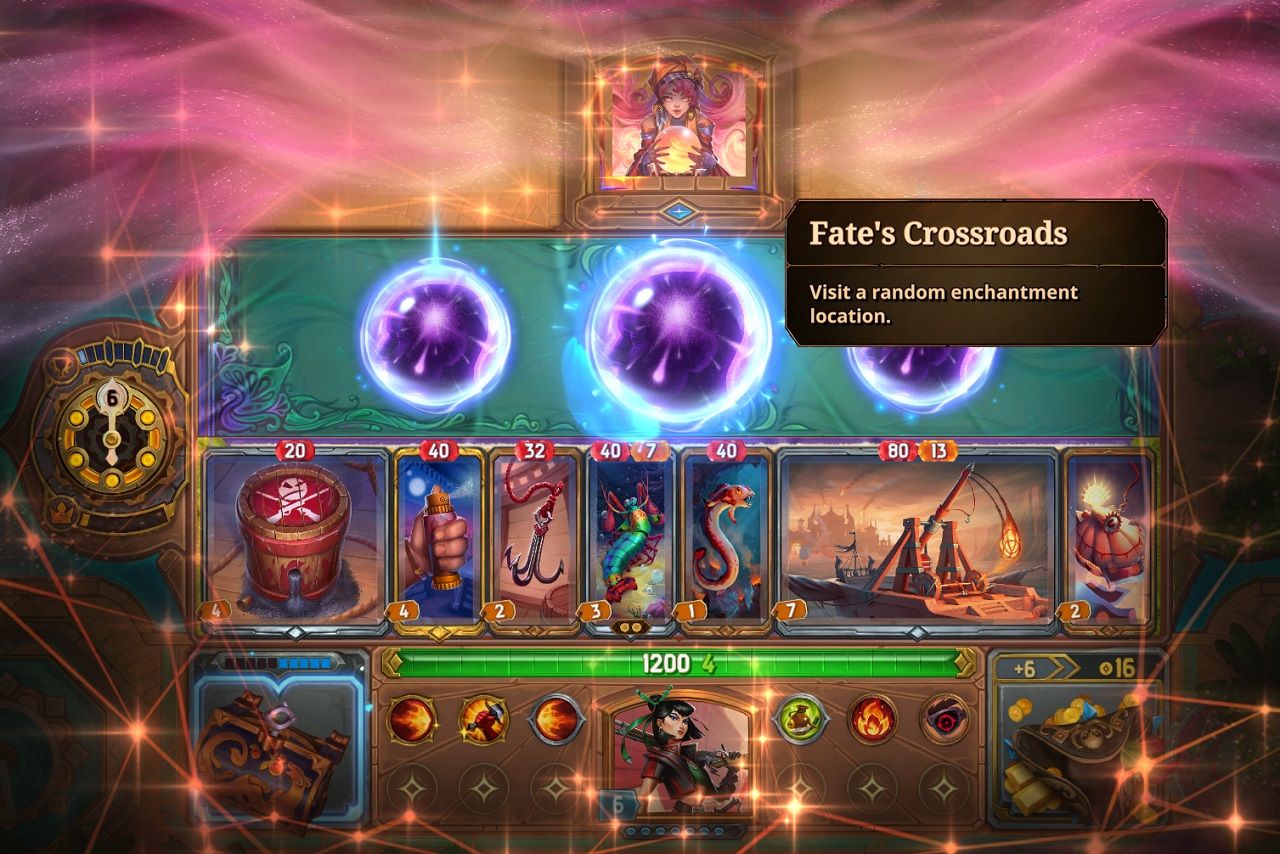
Economy in The Bazaar
- Gold and the economy. Gold is the main resource for strengthening your build. Earn it by defeating enemies, completing events, or through items and skills. You begin with 8 gold and 5 income.
- Income. At the end of each day, you get gold equal to your Income (e.g., 7 income = plus 7 gold daily). Boosting Income is key for long-term power but weakens early combat, so you need to balance it carefully. Some items (like Pygmalien’s ATM) or skills grant permanent bonuses to your income.
- Merchants. Different shops sell various items, skills, enchants, or health boosts. Prices depend on the item’s size and rarity, varying from 2 to 64 gold. Rerolling shop offers costs gold, from 2 to 8 gold, depending on its rarity. Early tip: don’t waste gold on rerolls, buy key items, or skip the shop entirely.
- Selling Items. Sell items you don’t need for 50% of their price. Some shops offer better prices depending on the item’s size. There are also skills and items that scale based on selling or buying.
- Balance early survival with long-term growth. Invest in damage/protection early, then build income mid-game. Survival tools like shields, healing, and dot effects help win drawn-out fights.
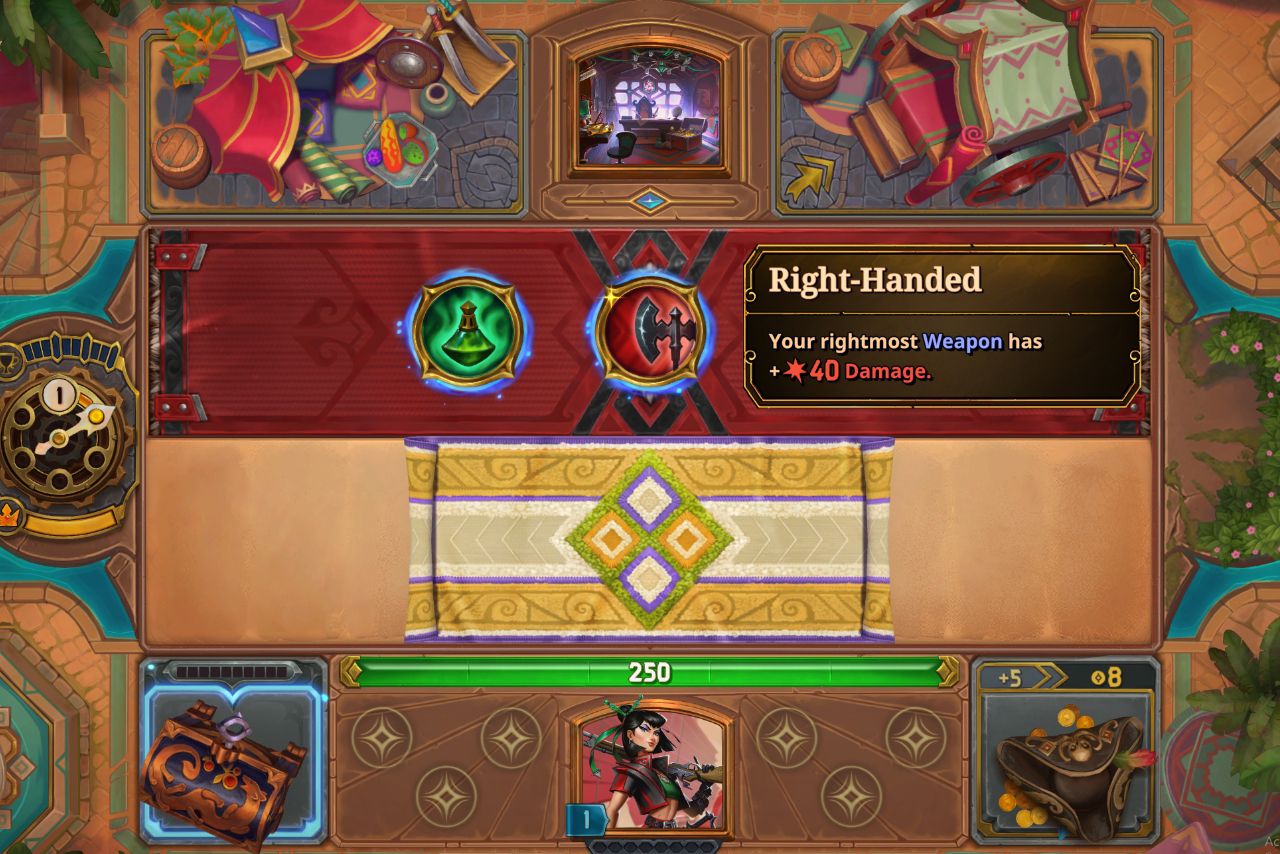
The Bazaar Combat System Explained
When a fight starts (PvE or PvP), it’s fully automated: characters enter the arena, and all active items auto-trigger based on cooldowns. You don’t control actions directly—it’s an auto battler.
Key battle mechanics
- Cooldowns. Each item has a cooldown: the item triggers and then goes back into its cooldown cycle.
- Placement. Some items and skills give bonuses to adjacent items or ones in the outer slots, so positioning matters.
- Damage types. Normal: direct damage. Burn: fast, decaying damage. Poison: slower, stable damage over time. Shield: absorbs damage, slows burn, but poison bypasses it. Regen/heal: recovers health; regen works over time.
- Cooldown manipulation. Haste: speeds up cooldown. Slow: slows the enemy item’s cooldown. Charge: partially recharges items. Freeze: stops cooldown temporarily. Multicast: triggers items multiple times.
After the battle
- PvE win: rewards (gold, XP, item/skill).
- PvE loss: no rewards, in-game hour wasted.
- PvP win: +1 victory toward the 10-win goal.
- PvP loss: lose an amount of Prestige equal to the current day number. Low Prestige? Play safe, grab temporary buffs.
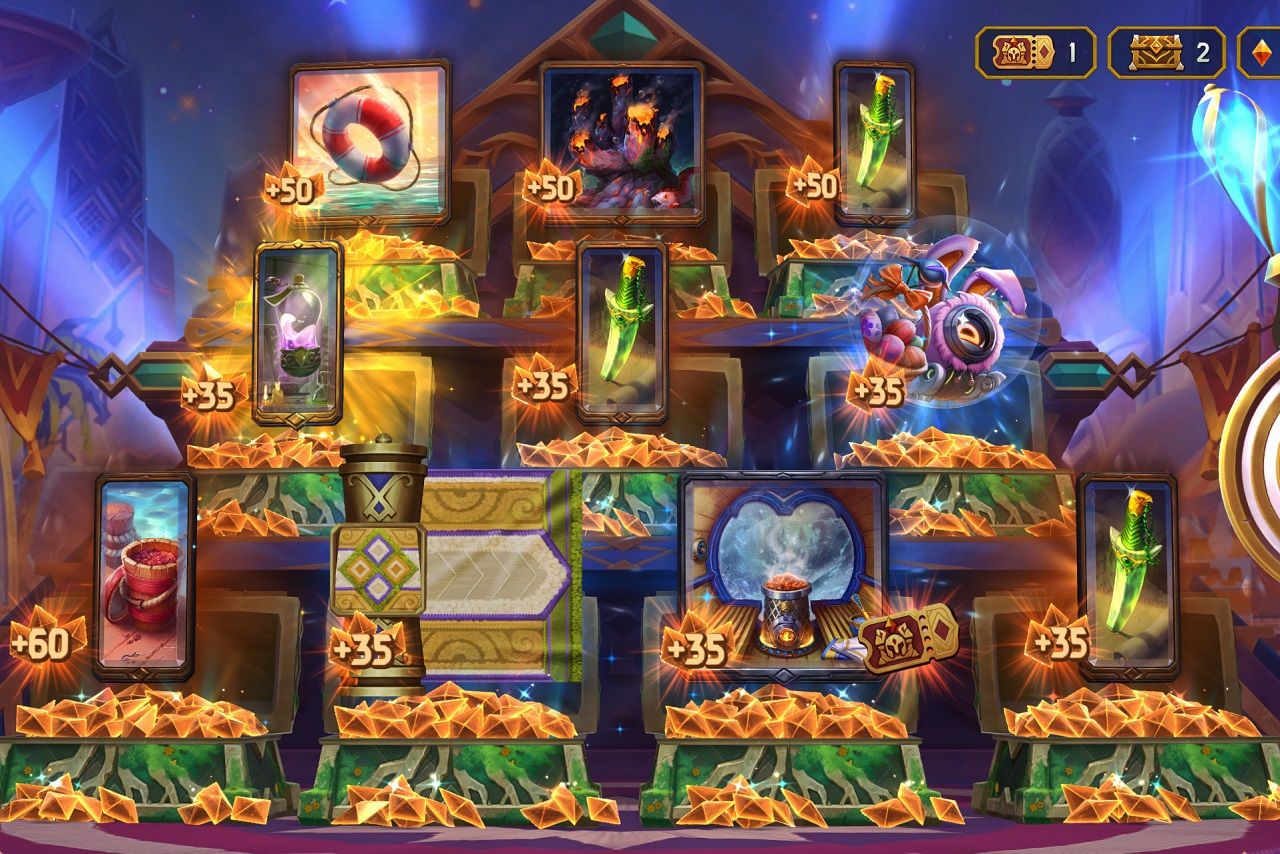
Summary
Use Normals for practice, analyze builds of players who beat you, and check info on PvE encounters in a handy, up-to-date database. In PvP battles, you see your opponent’s items and skills. Even if you lose, consider what exactly they have collected. Perhaps you’ll notice a new combination or an item you haven’t thought of.
The Bazaar is a game about exploration and experimentation, and you can learn something from all the strong builds. It is also useful to watch streams or videos of experienced players (for example, Northernlion and Kripparrian play a lot at The Bazaar), you can check strategies and current meta there. This guide gives you the tools and knowledge to start your Bazaar journey strong. The main thing is to experiment and have fun playing the game!



